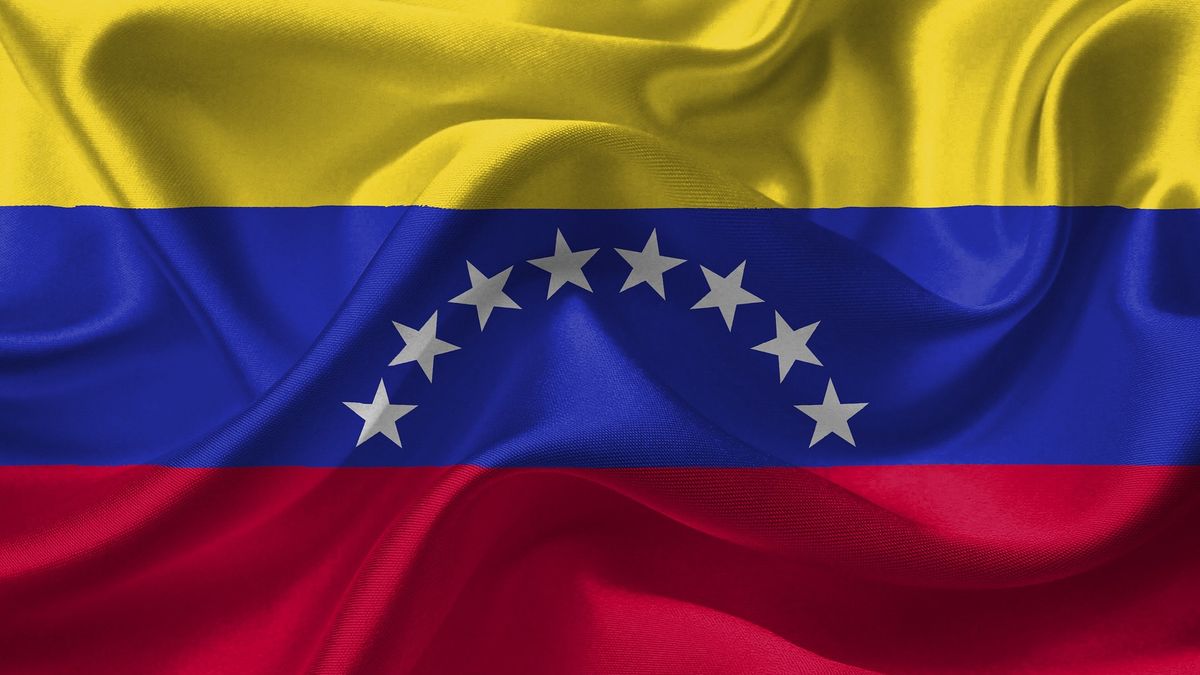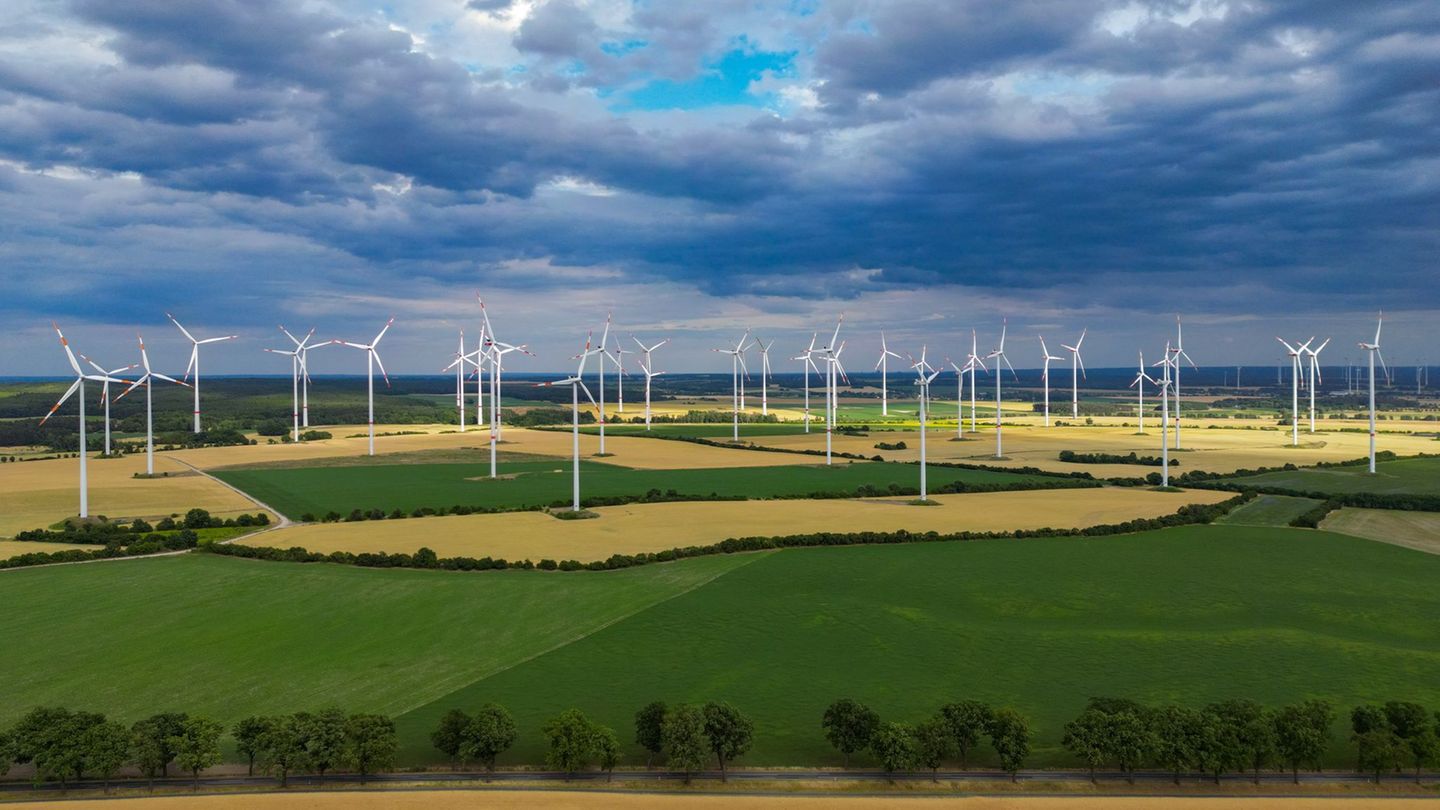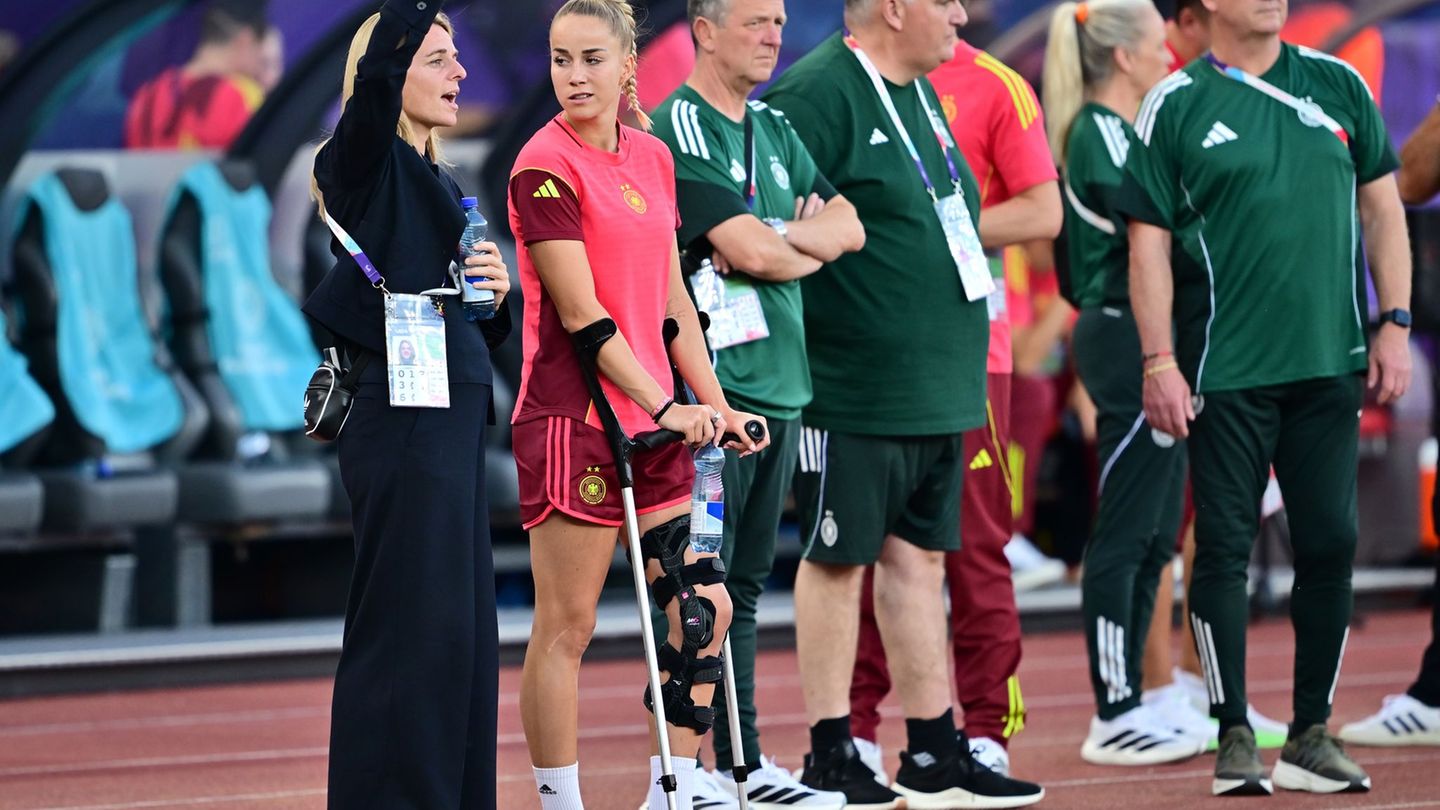Annualized inflation through May was 167%, according to central bank data, and is still among the highest in the world. But since September, inflation has slowed to single-digit monthly rates, in a country where prices rose by 130,000% in 2018, according to official information.
In May, the vice president, Delcy Rodriguez, who is also Minister of Finance since 2020, said one in a meeting with businessmen that “We have come out of hyperinflation. It’s a horrible disease.”
Venezuela for almost two decades was under a state model of controls that led to economic collapse and high prices. In 2019, the government relaxed those regulations allowing more foreign exchange transactions, however, the measure has not yet been enough for a full recovery of the economy, according to analysts.
Due to a greater flow of oil revenues, the Central Bank has doubled the weekly supply of foreign currency in cash in local banks. The issuer offered banks some 1.3 billion dollars in the first half, an amount that exceeds everything offered in 2021, which was close to 1 billion dollars, according to calculations by the local firm Síntesis Financiera.
In the first half of the year, the local currency, the bolívar, depreciated 18%, when in the same period of 2021 the fall was 50%. But some are skeptical of the measures.
Government “has a policy of stabilizing the exchange rate at any cost, which also includes loss of international reserves”said José Guerra, economist and director of the Venezuelan Observatory of Finance.
Nicholas Maduro
The president of Venezuela, Nicolás Maduro.
Photo: Getty Images
Rodríguez, without significant experience in economics before becoming finance minister, has been advised by a group of former Ecuadorian officials, sources said. Those people, who were part of the administration of former Ecuadorian President Rafael Correa, have helped the Venezuelan government achieve greater fiscal discipline, the sources added.
Rodríguez and his advisers, to guarantee exchange stability, not only focus on increasing the supply of dollars, they also control public spending and bank credit.
Liquidity, or money in circulation, has grown less than in other periods, and the adjustment in spending has been felt by public employees whose salaries have risen only once this yearthus widening the wage gap between public and private workers.
Credit is also restricted because the issuer forces banks to immobilize 73% of their deposits, so there are few funds available to lend to the industrial sector, two sources said. “Loans are minimal for new projects and thus the economy will not grow,” Guerra added.
“It’s a measure to avoid pressure on the dollar, to protect ourselves,” Industry Minister Hipólito Abreu said in July in response to requests from businessmen about revising loan limits.
At the same time that restrictive measures are imposed, Maduro also seeks to raise revenues with new taxes such as the one on foreign currency transactions and further promote the use of the bolivar, under dollarization.
The tax on financial transactions has already had effects. A measurement carried out by the local firm Ecoanalítica calculated that in March 48% of payments for goods in Caracas were made in foreign currency, in October it was 59%.
“With the tax, we seek to strengthen the use of the local currency, restore confidence, and stabilize the exchange rate,” said the ruling deputy, Ramón Lobo.
Source: Ambito
David William is a talented author who has made a name for himself in the world of writing. He is a professional author who writes on a wide range of topics, from general interest to opinion news. David is currently working as a writer at 24 hours worlds where he brings his unique perspective and in-depth research to his articles, making them both informative and engaging.




